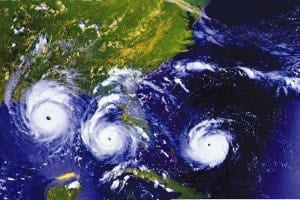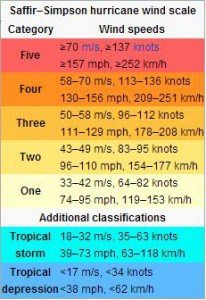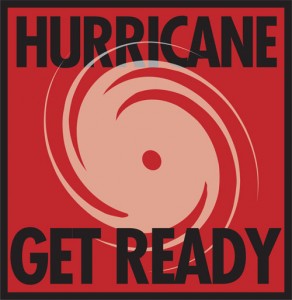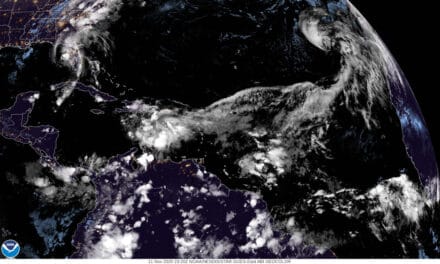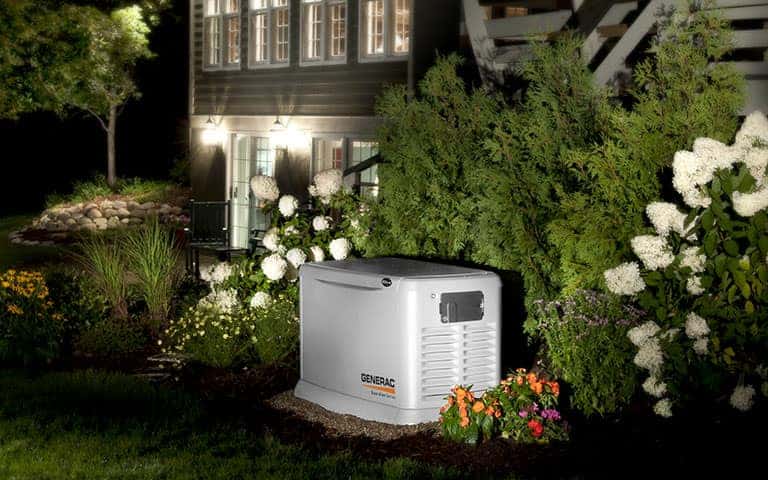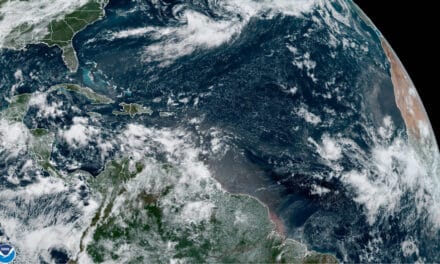Surviving a hurricane requires planning before a storm threatens. The Atlantic Hurricane Season begins June 1, 2014, and the Eastern Pacific Season has already begun and has already seen the first tropical cyclone of the season.
It is important to understand the tropical storm and hurricane hazards and how they can affect your home. If you live on or near the coast where hurricanes are possible, then you should already have a plan in place in the event a hurricane or tropical storm threatens. When forecasters determine a storm threatens, the time has come to put that plan into action.
Put together an emergency disaster kit and stock it with supplies for at least one week. Plan your escape route ahead of time and if you are forced by the weather or ordered by authorities to evacuate, exit along the planned route and go to the safe haven you have chosen.
Storm Watches
Watches are issued 48 hours ahead of the arrival of tropical-storm-force winds. Tropical storms have sustained winds from 38 to 73 mph. Hurricane winds start at 74 mph.
When a watch is issued for your area, the time has come to activate your plan immediately. Check your emergency disaster kit, identify missing items, and replenish them if necessary. Of utmost importance are medications, food, and water for at least three days, and a week is better.
Fill your car with fuel so you can evacuate if necessary without stopping to wait in long gas station lines. Check supplies of fuel for portable generators and top off supplies if necessary. Ensure that standby generators have an adequate supply of liquid propane if they run off the home’s tank. Perform any necessary maintenance and restock maintenance supplies like oil, filters, and plugs.
If you have a boat moored at a marina, you may have to move it to a safer location.
Storm Warnings
A hurricane or tropical storm warning means that tropical-storm-force winds will occur within 36 hours or sooner. You should already have put your emergency plan into action.
Listen to local news for updates and notifications on evacuation orders. Stay informed by listening to your NOAA radio and by visiting the National Hurricane Center website.
If evacuation becomes necessary:
- Close storm shutters or board up windows and doors.
- Turn off the gas and water.
- Take your emergency disaster supply kit with you, along with clothing, medications, and personal items. Pack your car and leave along the evacuation route you have planned. Go to the planned location where you will wait out the storm in safety. Do not return until authorities have declared an area safe.
If you stay home:
- Do not venture outdoors during the storm. Stay in the room previously chosen as your shelter until the storm ends.
- Don’t be fooled into believing the storm is over before authorities give the all clear. The eye of the storm passes quickly and the high winds return suddenly.
- Stay alert and informed. Listen to your weather radio for information. Remember that cell phones often work when regular land lines do not, but cell networks may become overwhelmed in the aftermath.
- Stay close to your shelter after the storm has ended. Be aware of post-storm hazards including flooding and downed power lines. Although it is tempting to move around and survey the damage, remember that putting your own life in danger may also put a rescuers life at risk as well.
- Monitor your standby generator and be sure to check the oil on a regular basis according the manufacturer’s instructions. Standby generators can operate a long without refueling, but they need regular maintenance when run for extended periods.
- Conserve fuel if you’re using a portable generator. Lowering the electrical load will reduce fuel use, and running the generator only when necessary is a good idea. Keep refrigerators and freezers closed except when the generator is running, and only open them when necessary. A freezer can easily keep food frozen for twelve hours or more if the door is not opened.
Are you ready put to your plan into action? Visit Ready.Gov for more infomation.


